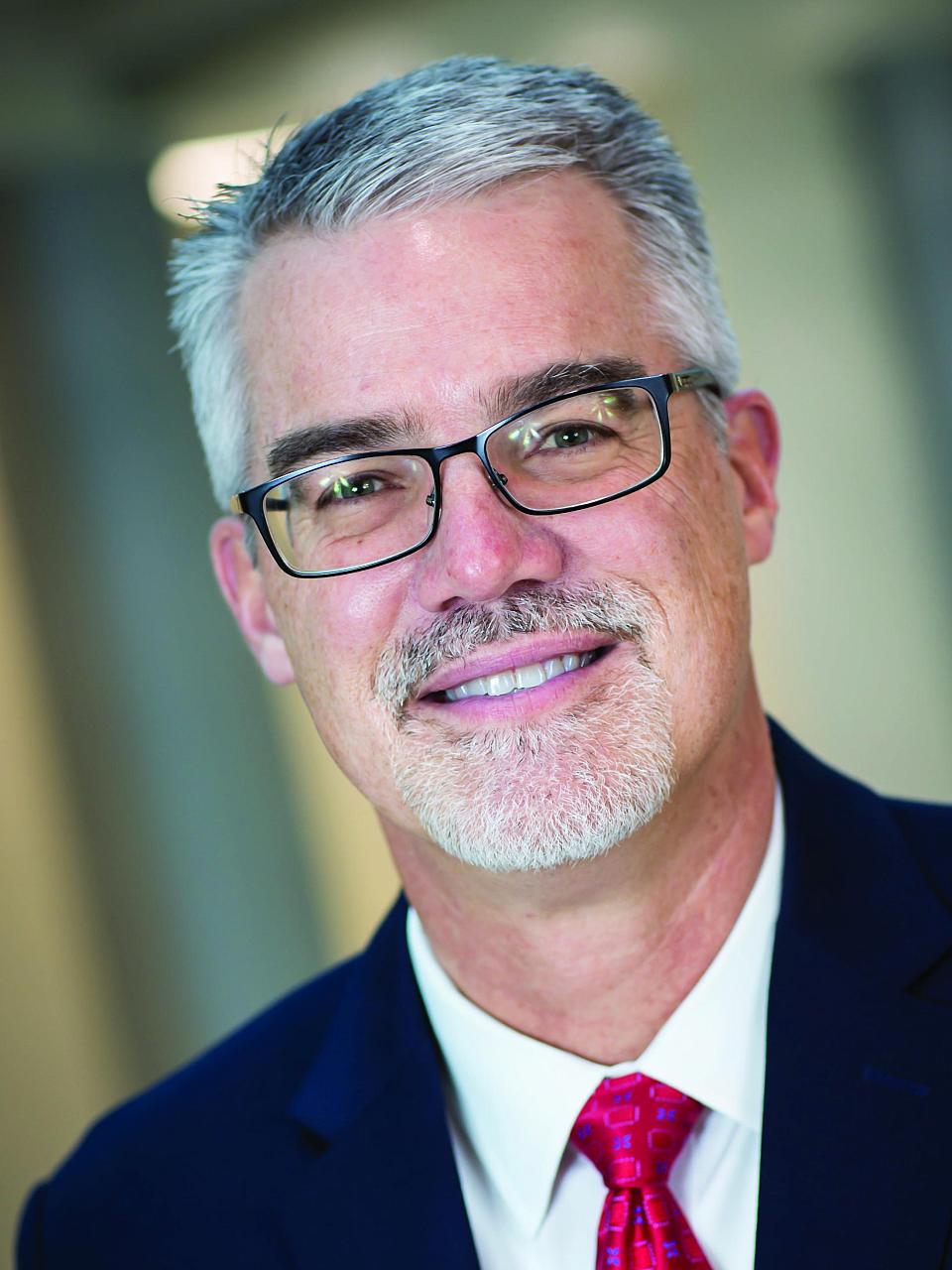Voices of U of U Health
Innovating to Ease Strain on Frontline Workers
Working in health care is hard. And over the past few years, it has become even harder.
The pandemic years led to lots of burnout for health care workers, leading many to leave the workforce for other jobs. At the same time, we're seeing greater health care needs for the baby boomer generation.
Innovation is the Key to Difficult Problems
Solving difficult problems like the strain on health care workers requires new solutions—all the easy problems in health care have already been solved.
We realized the answers can be found in all of us. Encouraging frontline teams to always be asking “why” and “what if” is the key to innovation.
That is what makes my work on the Ambulatory Operations Committee so rewarding. We’re empowering our frontline staff and clinicians to identify problems and brainstorm solutions.
We’re already seeing success in two pain points.

Reining in MyChart Message Volume
MyChart messages are a great online tool for communication between patients, staff, and providers. Providers can access messages any time. But like anyone who gets office email or texts on their phone over the weekend, it’s draining to always be reachable.
Over the past few years, the volume of MyChart messages increased 10% faster than the volume of patient visits. Many of our providers were checking and answering messages all the time in order to keep up.
We were seeing “pajama time” go up as health care providers checked their messages after hours and on weekends. Our providers were not able to come back on Monday morning ready for the new week because they didn’t recharge their batteries. Our providers felt like they should be checking their messages, even during family time.
So we combined frontline voices throughout our organization with our IT experts. We took a look at what we could do to cut down on the incoming volume while still providing excellent care for our patients. This innovative team identified and implemented several system changes in MyChart, including:
- Communicating to patients that they will be messaging the office of their provider, not the provider directly. We also let patients know their message was received and they would hear back within three business days—reassuring them we are working on their message.
- Allowing our teams 180 minutes—instead of 60 minutes—to notify patients of new lab results. This makes it possible to “batch” the messages, cutting down on the overall volume.
- Filtering out messages that simply say “Thank you” to reduce clutter in the provider’s inbox.
- Modifying the user interface by linking refill requests directly to the medication page, highlighting a link to the National Library of Medicine for information requests, and moving the “message the provider” option down the menu a few clicks.
As a result of these simple but innovative changes, we have seen the growth of MyChart messages flatten to where it's growing slower than the rate of patient visits. This is a fantastic first step to easing the strain on our frontline workforce.
Finding More Room at the Clinics When We Thought There Was None
Visits to our clinics along the Wasatch Front have been growing. Many of us felt that our clinics were full and we couldn’t see any more patients in the space we had. Our access challenges put additional strain on health care workers who are unable to deliver care to the patients that need it.
But data analytics turned up something surprising: We were actually not that full.
Our clinic rooms were used only about 31% of the hours during the workweek.
That reset a lot of our thinking on the topic. We went from a mindset of, “We’re full, we need to build new buildings,” to thinking that we can see more patients in the space we have. We could do that as long as we were smart about having enough providers and staff on hand.
So how do we address change? We gave the data to our frontline clinic leaders.
Over the course of six months, they increased room usage to 33%. They took the data, experimented, and brainstormed how to increase usage themselves—even before any leaders asked them to. They shared best practices with other clinic leaders and learned from each other.
We anticipate that usage will continue to rise as our teams find new solutions. At the same time, we’re experimenting with ways to reduce the less necessary tasks our frontline staff perform or reassign them to others so we can extend the reach of our health care workers. That means our patients have more access to our care.

What the Future Holds
These are just the beginnings of solutions found by encouraging a spirit of innovation. Other issues the Ambulatory Operations Committee is currently working on include:
- Optimizing a high-quality virtual visit platform that is financially sustainable and equitable.
- Addressing racial and ethnic disparities in the health care environment.
These are all hard problems that won’t be solved by the same old thinking. But University of Utah Health has a well-earned reputation for innovation.
If anyone can do it, we can.
